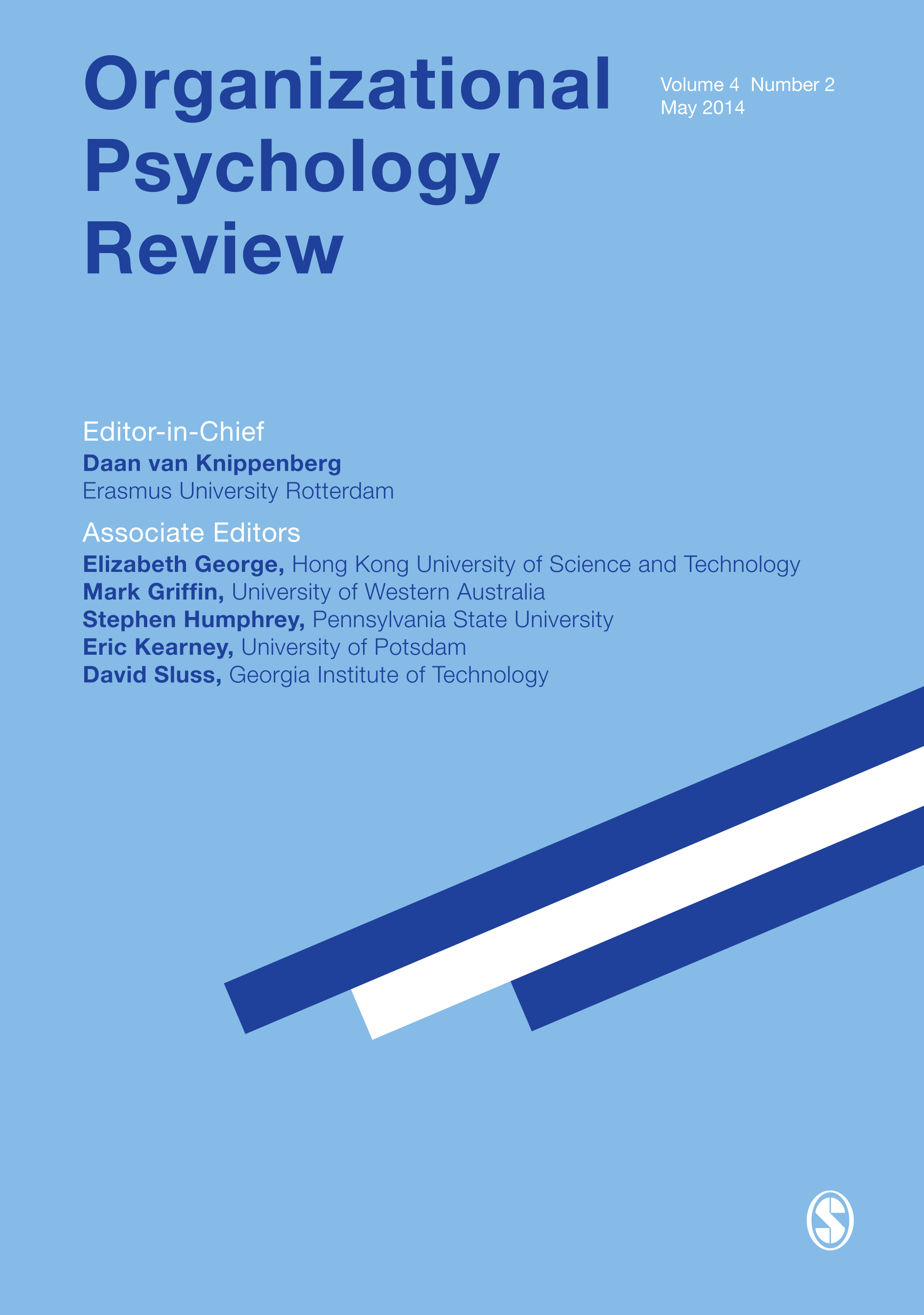Competing through customization: Using human resource management to create strategic capabilities
Abstract
Get full access to this article
View all access and purchase options for this article.
References
Biographies
Cite
Cite
Cite
Download to reference manager
If you have citation software installed, you can download citation data to the citation manager of your choice
Information, rights and permissions
Information
Published In
Keywords
Authors
Metrics and citations
Metrics
Journals metrics
This article was published in Organizational Psychology Review.
View All Journal MetricsPublication usage*
Total views and downloads: 957
*Publication usage tracking started in December 2016
Publications citing this one
Receive email alerts when this publication is cited
Web of Science: 9 view articles Opens in new tab
Crossref: 13
- Impact of strategic HR practices on innovation performance: examining the mediation of differentiation and cost-effectiveness
- Barriers to TQM implementation in SMEs in Bangladesh: an interpretive structural modeling approach
- Mediation of knowledge management processes in enabling strategic HR practices to achieve differentiation and cost-effectiveness
- Selecting the Customized HR Practices and Their Role in Nurturing SMEs
- Formulation of Proxy Measures: Measuring Business Model for Improving Competitiveness
- The Strategic Capabilities of Top Management and Their Role in Organizational Performance
- Service production in high captivity service firms
- Analyzing the barriers to implementation of mass customization in Indian SMEs using integrated ISM-MICMAC and SEM
- Mass Production Processes
- Mapping the “intellectual structure” of research on human resources in the “tourism and hospitality management scientific domain”
- View More
Figures and tables
Figures & Media
Tables
View Options
Access options
If you have access to journal content via a personal subscription, university, library, employer or society, select from the options below:
loading institutional access options
EAWOP members can access this journal content using society membership credentials.
EAWOP members can access this journal content using society membership credentials.
Alternatively, view purchase options below:
Purchase 24 hour online access to view and download content.
Access journal content via a DeepDyve subscription or find out more about this option.




